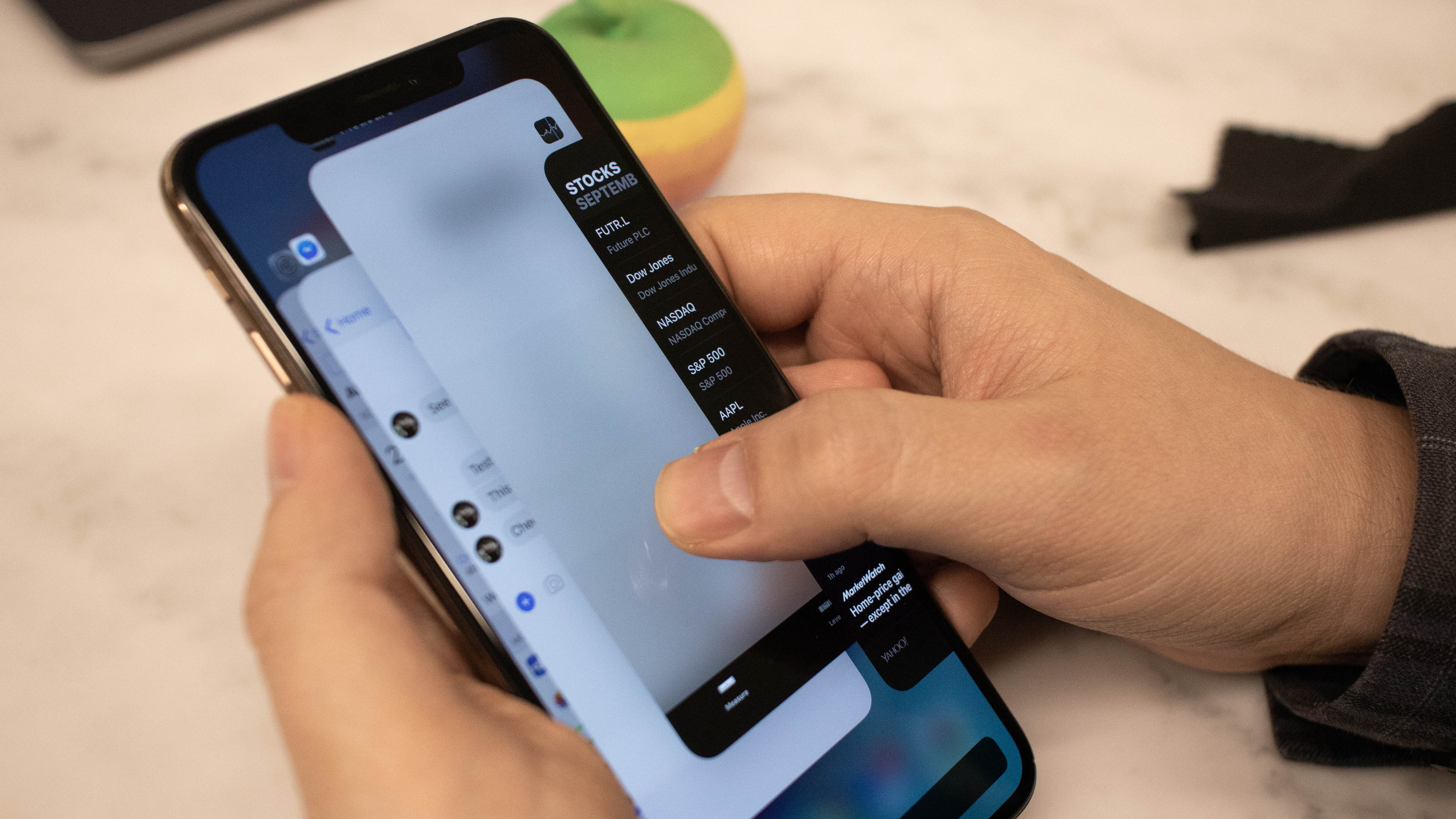iPhone 2019 may be thinner and lighter thanks to touch-integrated OLED screen
Apple is said to be using a new touchscreen – from Samsung

Apple could make its 2019 iPhone thinner and lighter than the iPhone XS and iPhone XS Max thanks to new screen technology, according to a report today.
A touch-integrated OLED is said to literally flatten out the touchscreen-making process, which currently requires a separate touch layer that sits on top of a display layer.
Laminating the touch sensitivity to the OLED screen could save a fraction of a millimeter of space, potentially making the next iPhone thinner than before.
Recent iPhones have actually gotten thicker from their thinnest point of 6.9mm (that was the iPhone 6 back in 2014). The iPhone XS Max, the latest model, is 7.7mm thick.
Of course, Apple could keep its phone thickness the same and always, you know, fill that extra space with a bigger battery. No one would complain there.
Hello, old frenemy
Samsung Display makes the touch-integrated OLED screen in question, calling the tech 'Y-OCTA', according to Koran supply chain publication ETNews.
This means Apple is likely to continue to rely on Samsung, even though it's also the biggest iPhone rival in the world and is reportedly preparing to launch its next smartphone, the rumored Samsung Galaxy S10.
Get daily insight, inspiration and deals in your inbox
Sign up for breaking news, reviews, opinion, top tech deals, and more.
That said, Apple is said to also be sourcing current iPhone XS and iPhone XS Max displays from both Samsung Display and LG Display.
Reliance on one touchscreen supplier in 2019 could constrain production, says 9to5Mac, and that may make the new iPhone more scarce when its next version likely launches next September.
